
Horse Stress Levels Not Linked to Competition Results, Study Shows
Salivary cortisol (“stress hormone”) concentrations weren’t associated with scores in dressage and show jumping horses during three national events in Denmark, researchers found.

Salivary cortisol (“stress hormone”) concentrations weren’t associated with scores in dressage and show jumping horses during three national events in Denmark, researchers found.

U.S. Olympic show jumper Kent Farrington discusses horsemanship, training, recognizing each horse’s individuality, his “ponies,” and more.

Recent study results suggest that horses’ nods allow them to use energy more efficiently to carry their heavy heads.
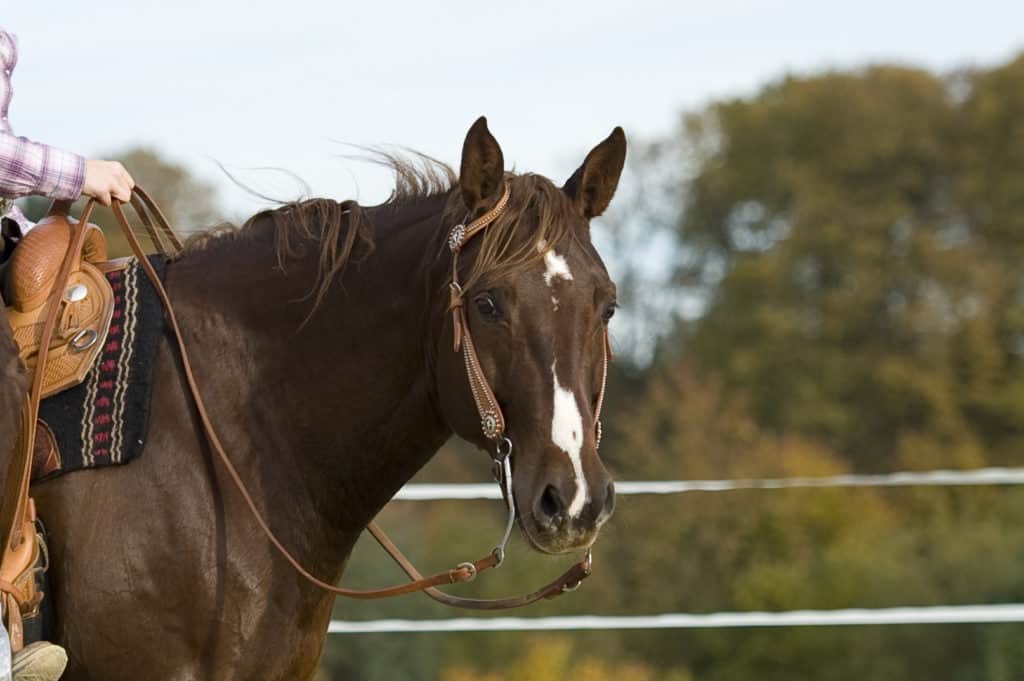
Researchers determined that, in one study, Western curb bits caused less rein tension than did English snaffles.

Get a glimpse into the inaugural Progressive Equine Behavior & Training Forum, only on TheHorse.com!

The researchers said owners shouldn’t stop using verbal praise, but they recommended adding a treat or food reward to help motivate horses to learn.
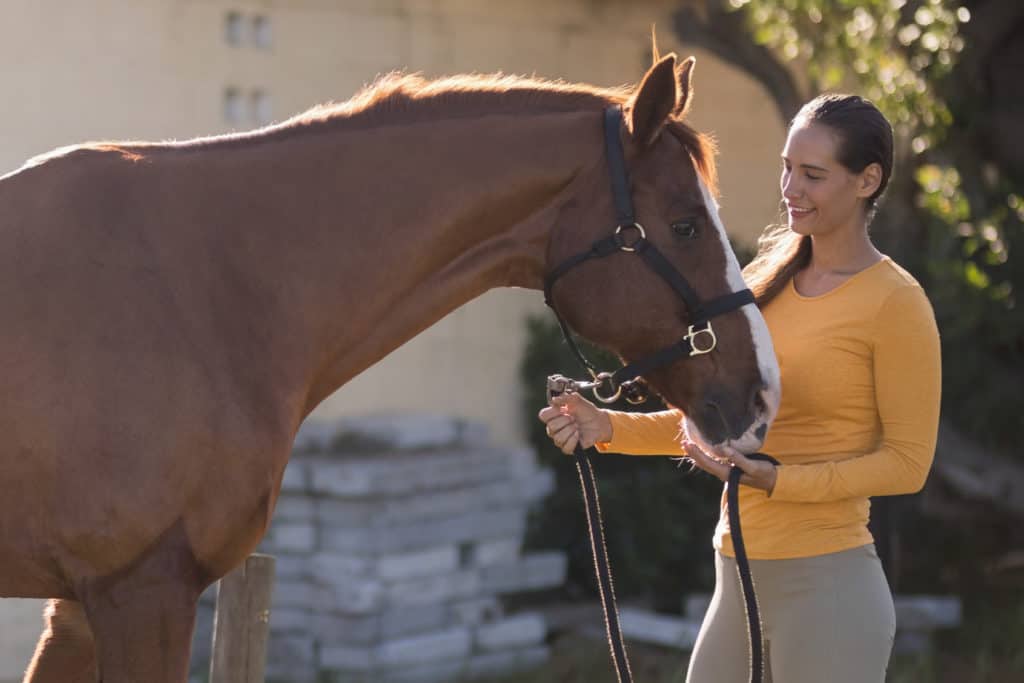
At this stage researchers can’t say whether one position is better or worse, however. That’s especially true when it comes to training, they said.
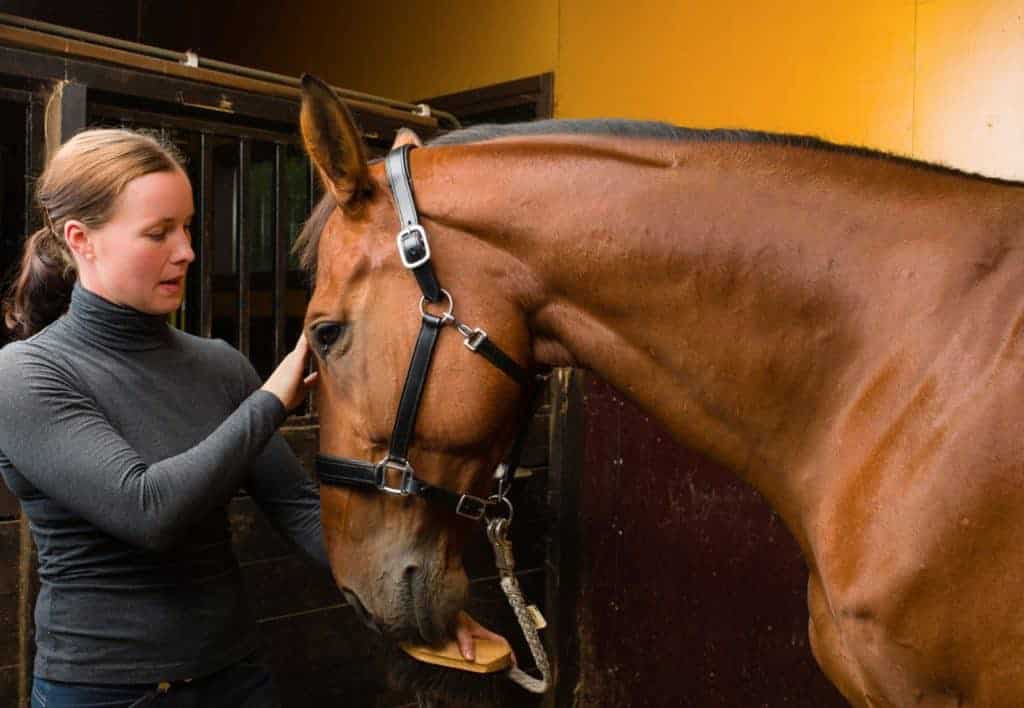
To make a sustainable difference to horse welfare, owners must apply the findings of research into human behavior change, one researcher says.

Through good research and communication, equitation science can continue to evolve in a positive manner with the goal of improving equine welfare and horse and rider interactions.

Whips, spurs, and horse-head-control equipment can be misused by riders and misunderstood by spectators, both of which can have negative outcomes for horses and the industry alike.

Researchers are still lacking reliable tools to understand what good equine welfare looks like from the horse’s point of view, but they’re making progress.
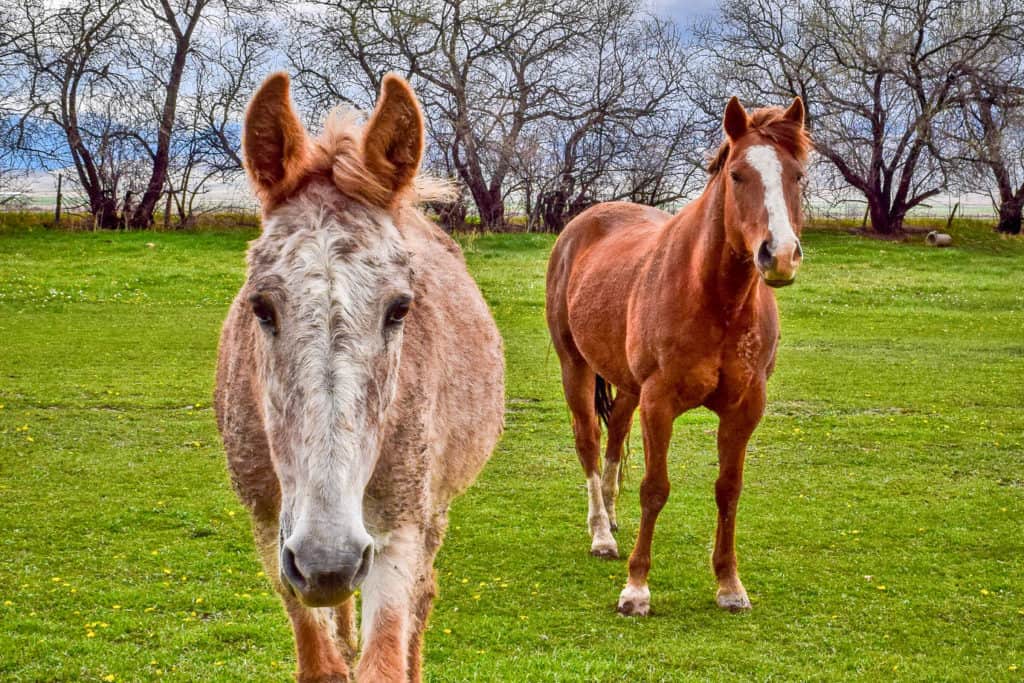
Mules are extremely quick learners. Here are a few things to remember when working with them.
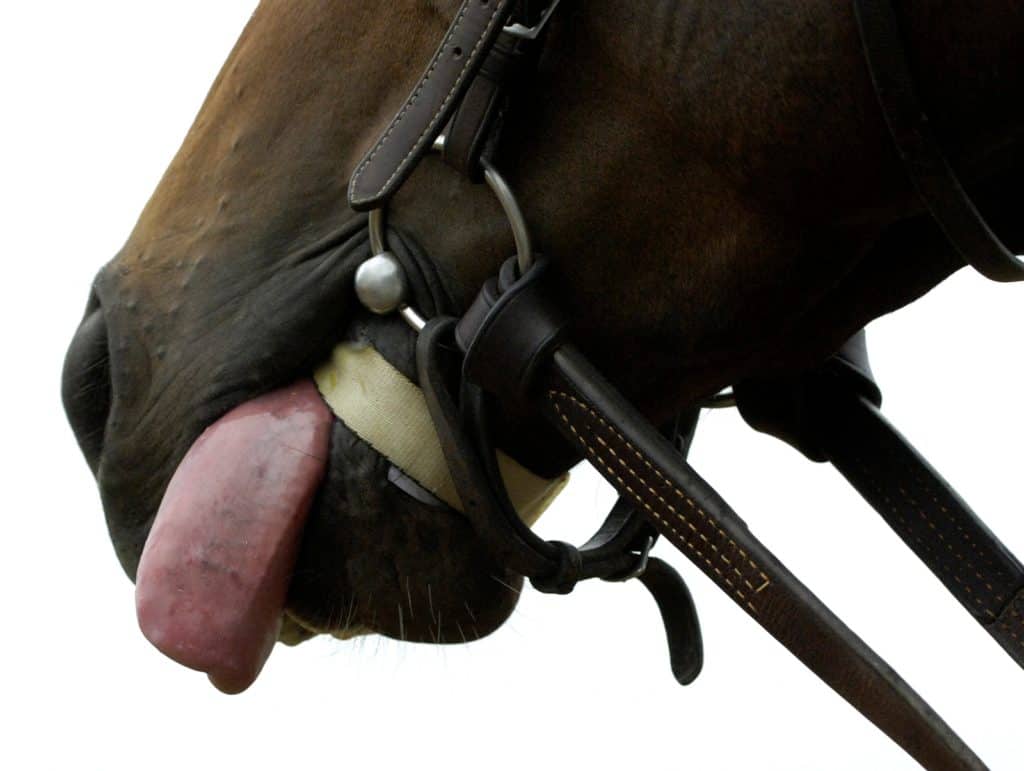
Tongue ties help some racehorses breathe better, but study results suggest they can also cause stress, even in horses that have been tied regularly in the past.
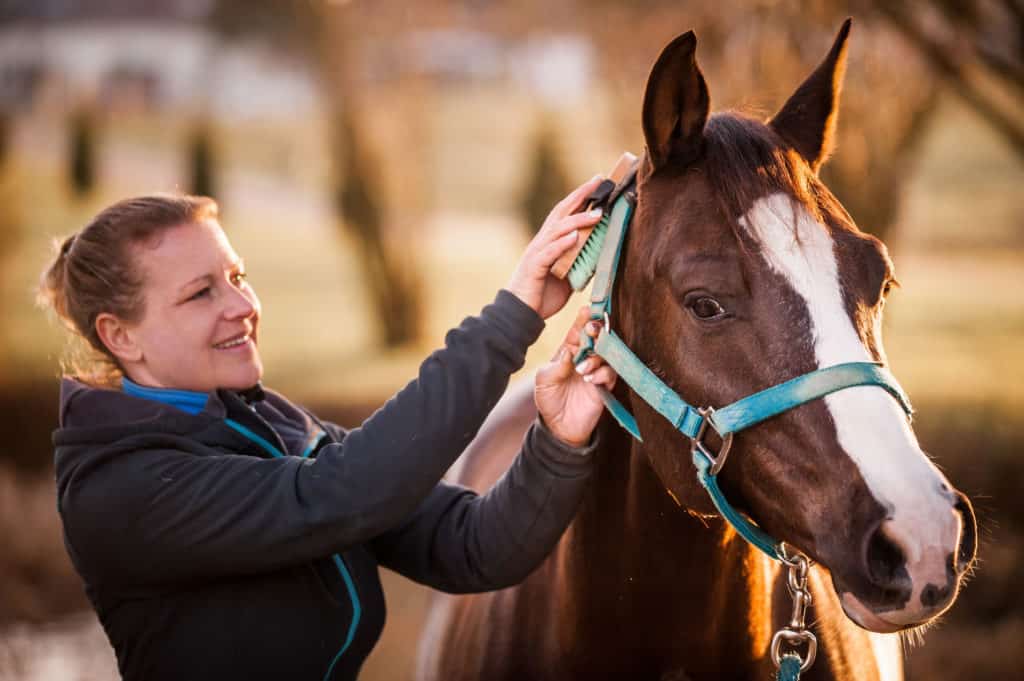
The ability to select Quarter Horse breeding stock for behavior traits might improve equine welfare and human safety, researchers said.

Foals’ initial expressions of their developing personalities are clear signs of the horse’s adult personality–and even learning capacity–to come, researchers found.

While the horses recognize positive from negative emotions in whinnies, they might not become positively or negatively emotional as a result.
Stay on top of the most recent Horse Health news with
"*" indicates required fields